When reading about ways to help our students begin to get organized I came across a blog written by a student at the time in Portugal. She shares from a student's perspective 10 Essential Steps to Creating a Study Schedule. Students love to hear and learn from other students!
A study plan can be created on paper or electronically. Need a template or a place to start? Below are templates you can make a copy of. Feel free to use as is or edit.
- Starting with your hardest course, work backwards from the exam date and assign study chunks to individual blocks in the schedule (If using a paper schedule use a pencil because you may need to revise!)
- Schedule your peak learning times for your hardest studying.
- There is no perfect plan: try to spread your studying over a period of 5 days or more, and reach your targeted number of study blocks.
- Be sure and schedule breaks and things to look forward to doing.
| Download a template to use on paper. Remember to use a pencil, you'll be making adjustments as you go. | Make a copy of an digital template that you can update along the way. |
Develop a plan to communicate and share information with parents also. As we began to post our Finals schedule we also began to push out information to our parents through our weekly eNews. We also have a Study Skills and Resources section available on the Cardinal's Nest our Freshman website.
Once a student has their study plan in place, some helpful reminders are:
- Place the calendar or printed schedule in a visible location so that it is easy to see or if the schedule is electronic have it bookmarked and easily accessible.
- It is important to review, study, and self-test. First, spend a few minutes reviewing the material you studied during the previous study block; then spend most of your time reviewing the current chunk of material; then spend some time testing yourself on that material.
- Take the breaks that they have scheduled into their study time.
- Find a place or environment that is right and comfortable to study and concentrate.
- Include exercise and healthy snacks in your break schedule.
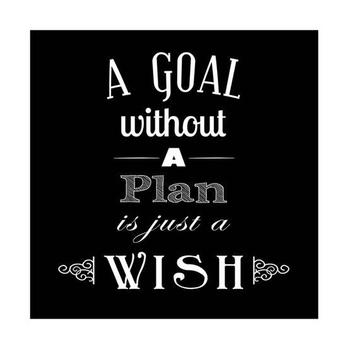
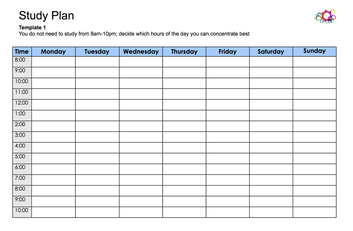
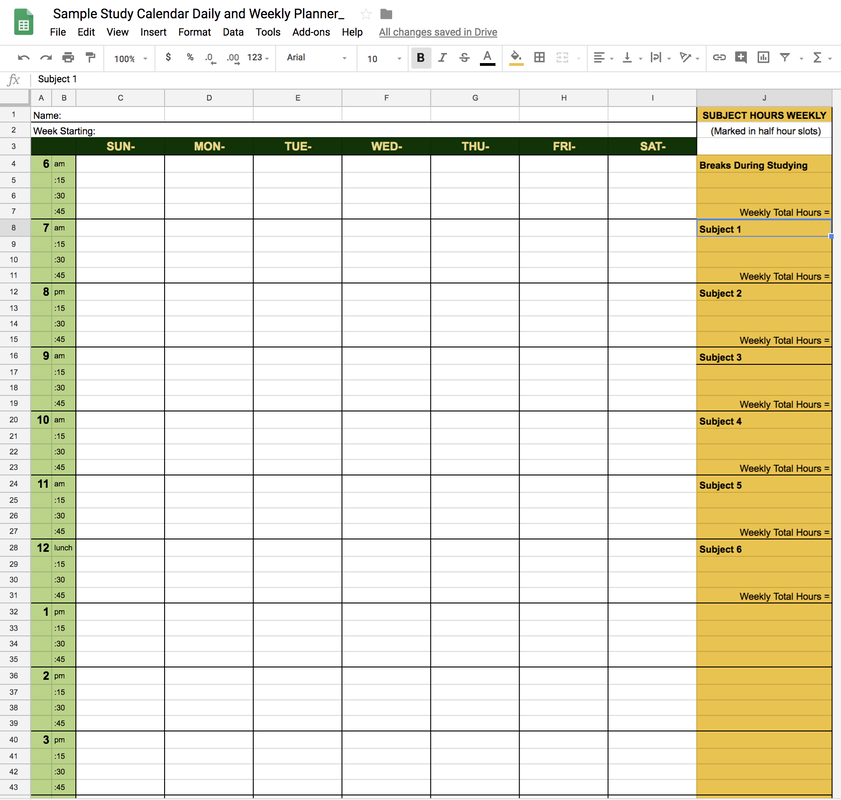
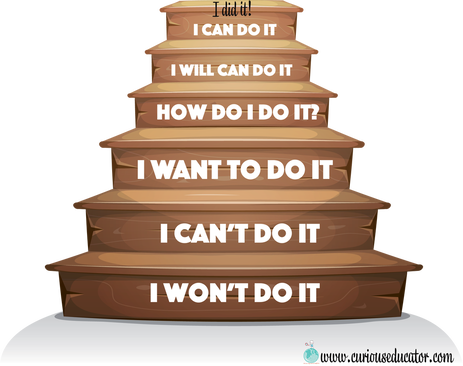
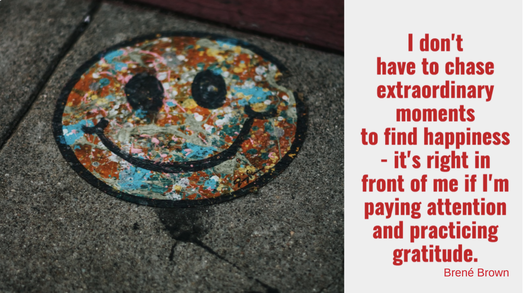
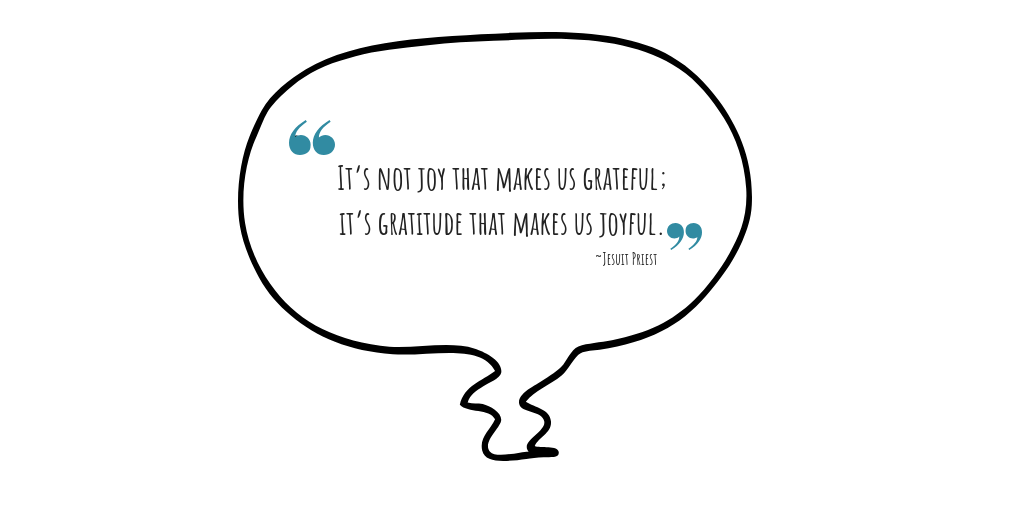


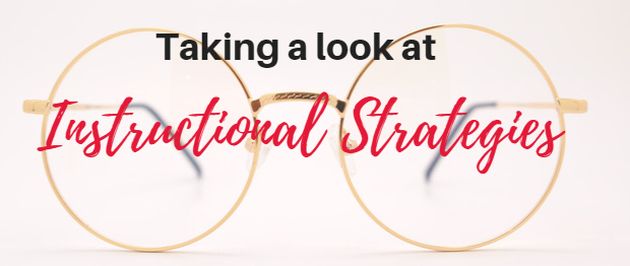

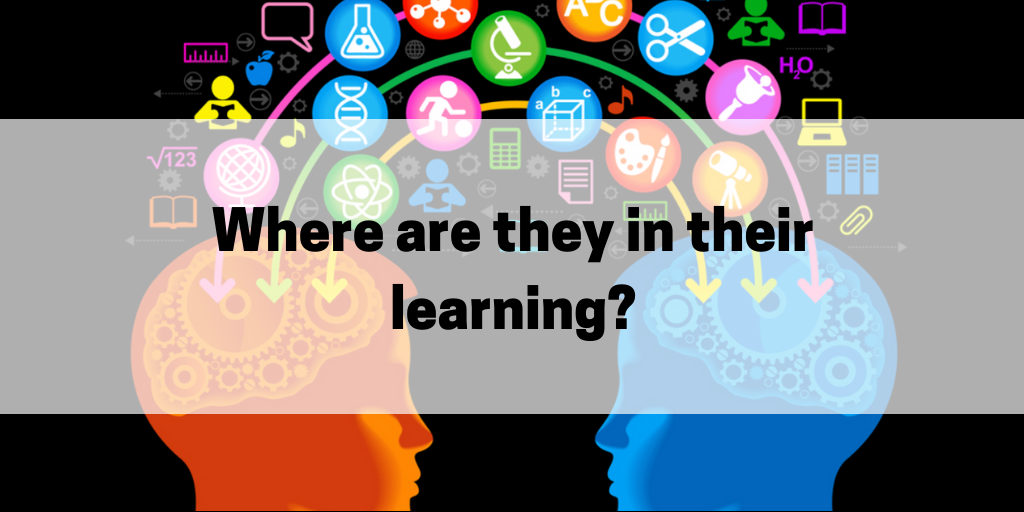
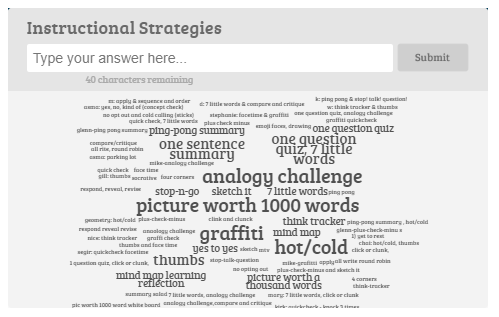
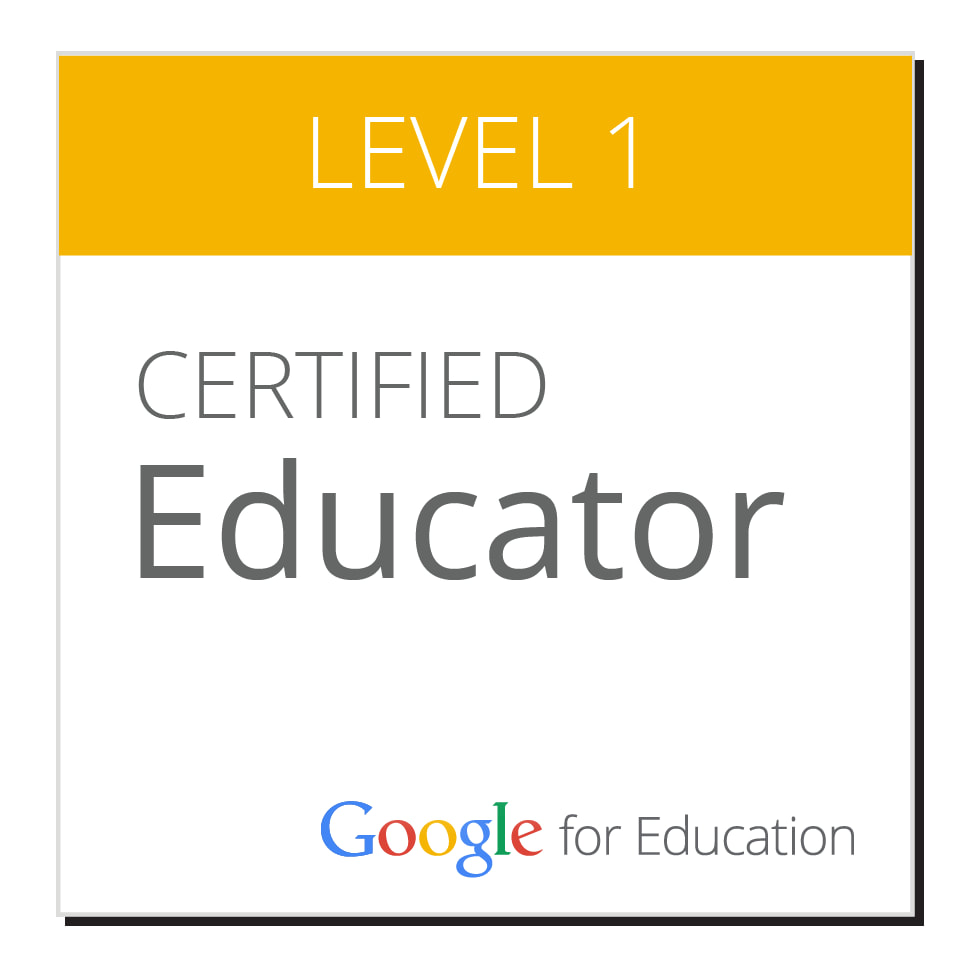
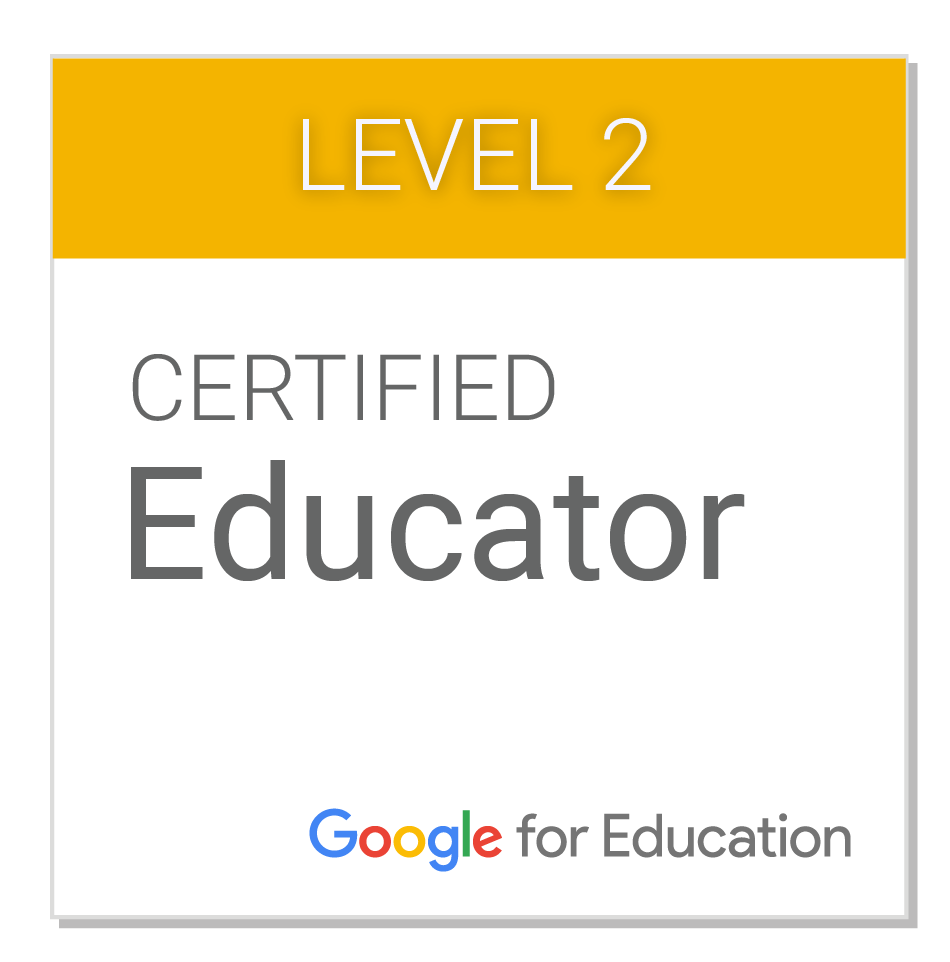
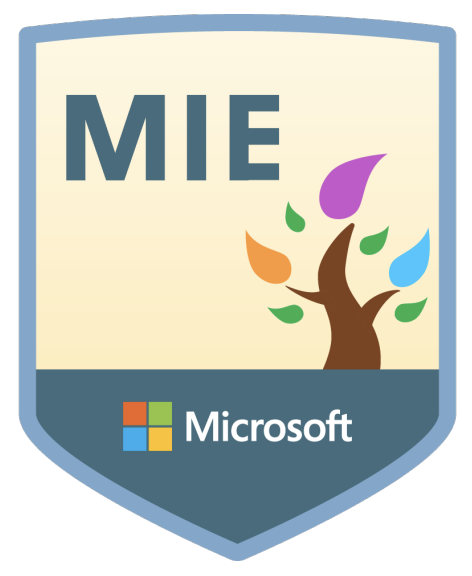
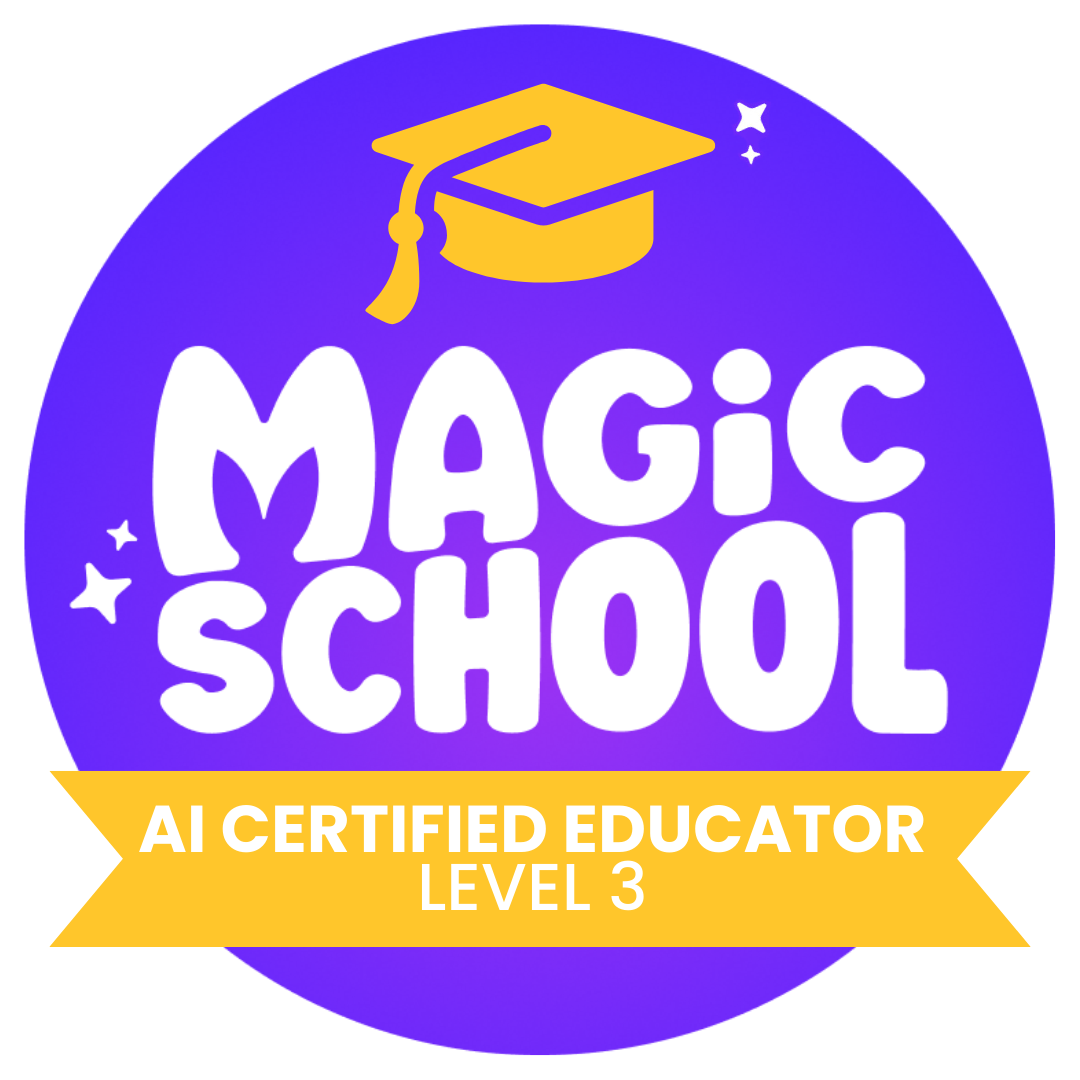

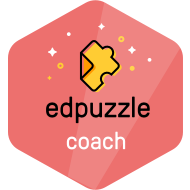
 RSS Feed
RSS Feed
